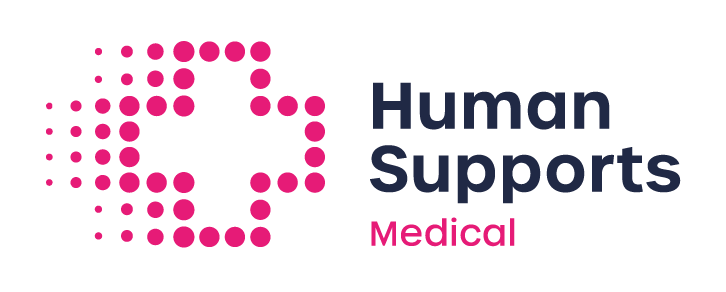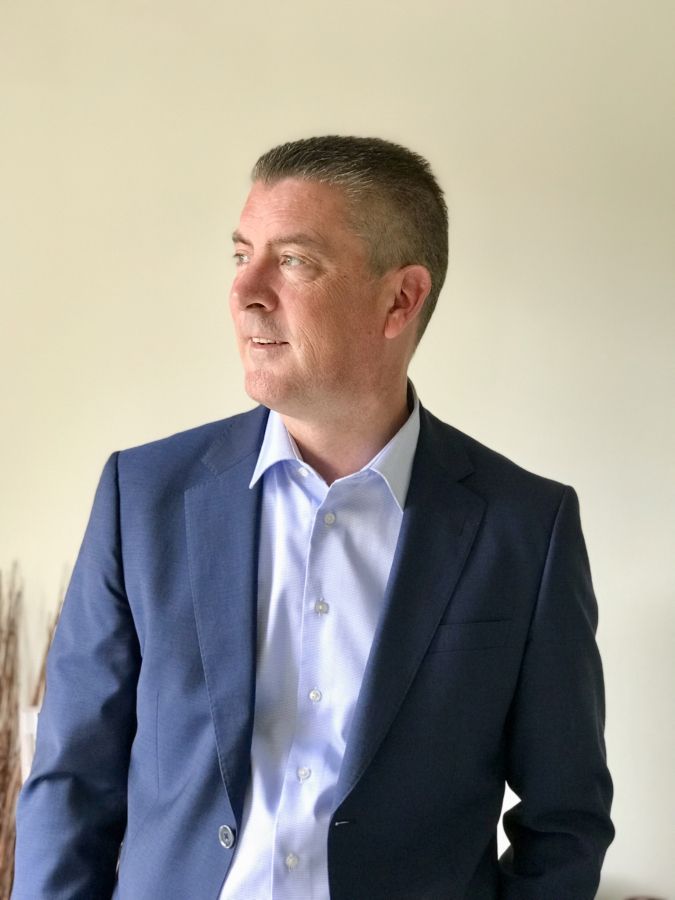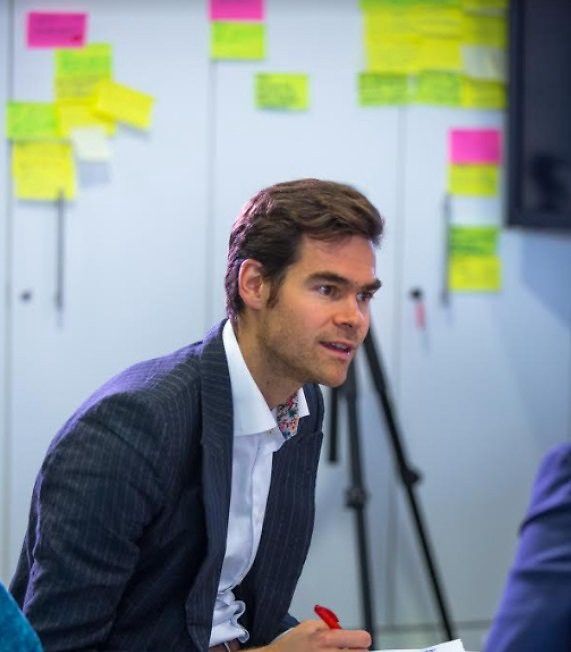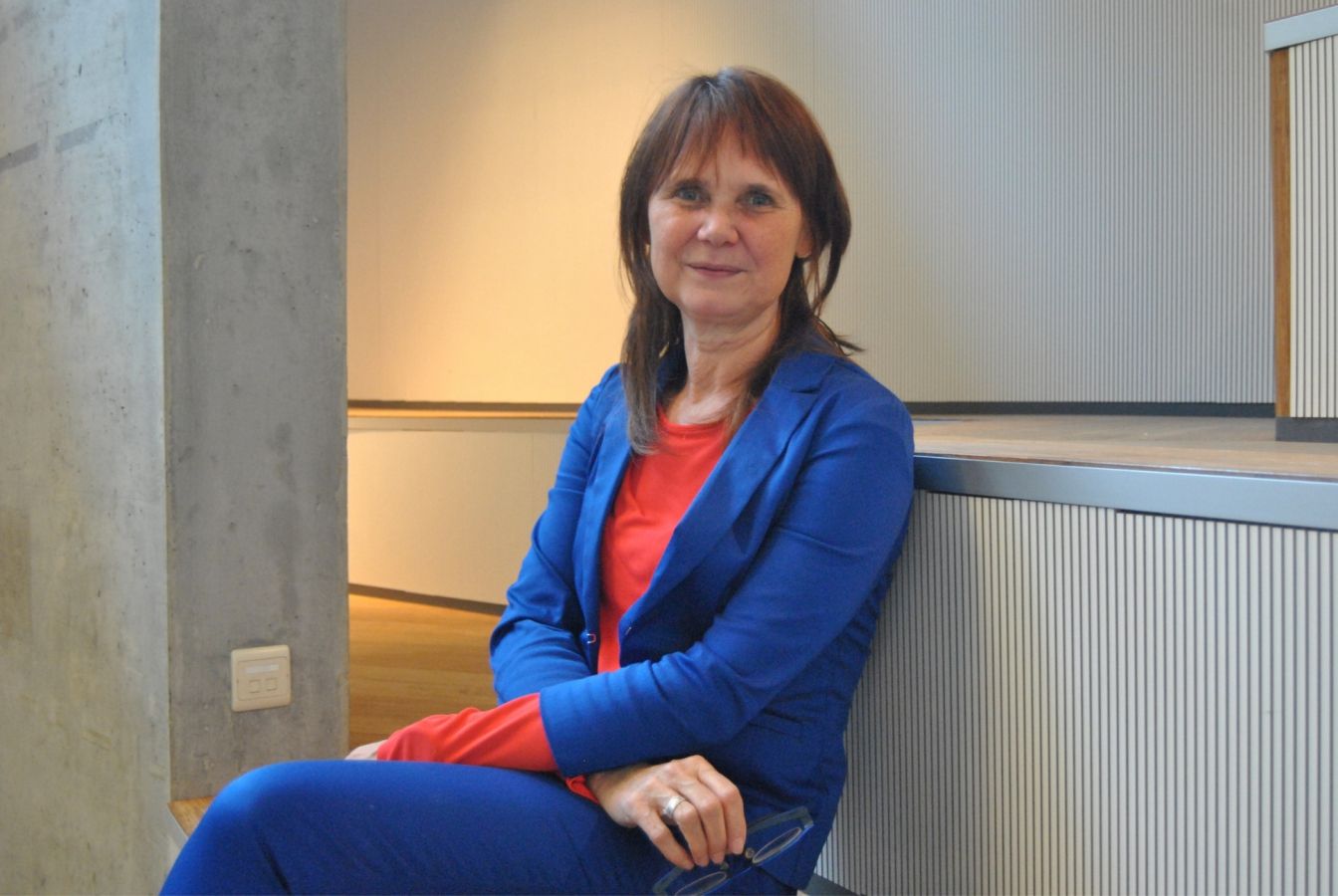Don't manage your team. Lead your team!
Every month #ZigZagHR interviews an international HR professional. This time Lesley meets with Sabine Weishaupt, Chapter Lead Future Leadership Design at Deutsche Telekom. Sabine leads an international team, spread over eight countries, that is responsible for the development of leadership and transformation. She is a seasoned expert who can give us extra advice on leading a remote team.
The day after Deutsche Telekom announced an ambitious transformation plan for the company’s central HR area to transform into an agile organizational model, we meet with Sabine Weishaupt. As the Chapter Lead for Future Leadership Design, she is likely to face the biggest challenge of her career, now that leadership will go through tribes, chapters and squads.
Is the evolution to agility worth such an upheaval? Without hesitation: “Of course, because the new organizational model will make us even more customer-oriented and will allow us to adapt more quickly to new needs, trends and technology.” The reform has nothing to do with the corona crisis, “although this pandemic has created a momentum to not question this transformation. We had already started the preparation of the transformation process before Covid-19 broke out, and this crisis only confirms its need.”
The role of the manager is being reinvented and immediately Weishaupt announces a remarkable step: “We split the leadership function into functional, technical management and people management. After all, we want to become a competency driven rather than a headcount driven organization. We don’t think in terms of the necessary number of staff, but in terms of the required skills.
This requires a very different approach to personnel policy. After all, you don't manage a workforce, you lead people. That’s a very different starting position. In this way, we want to make sure that our employees are ready for their jobs today, for their own future and for the future of the company. No, we don’t exactly know yet where this exercise will lead us to, but even without guarantees, you have to make decisions and dare to walk new paths. That’s... zigzagging.”
Leadership lessons from Deutsche Telekom: 3 basic features
“The basic requirements for leadership have not changed and I don’t expect them to change any time soon,” says Weishaupt. “It’s always about leading yourself, your team and the organization.” This leads her to describe the three basic characteristics:
1. Lead yourself
“To stand by the constant changes, being able to lead yourself is now more important than ever,” stresses Weishaupt. “This starts with understanding your own purpose. If you know your own purpose and can articulate it, you can also engage others. At Deutsche Telekom, we adjusted the company’s purpose last year. Instead of letting the top management think about it first, we consulted our people. In the end, we came to a powerful: we don’t stop until everyone is connected.”
2. Lead your team
“Secondly, a leader needs to be able to build a relationship with others, show empathy and connect employees with all opportunities within the company,” says Weishaupt.
3. Lead the organization
Thirdly, Weishaupt points out the decisive importance of data if you want to lead the organization: “HR still keeps up with behavioral observation. However, data literacy is already a basic skill. Respond to data if you want to lead and improve both the employees and the company.”
Deutsche Telekom
5 additional leadership skills
When you lead a remote team, with people working from home or in another office and even in another country, a leader’s traditional mindset, skillset and toolset needs to be complemented by an extra level of leadership skills. Sabine points out the five additional skills needed to do this:
1. Listen, not that much to what people say, but how they say it
“To listen to people, you don’t have to sit next to them. You don’t even need a camera. What’s more, turn off that camera and you’ll get a deeper connection,” surprises Weishaupt, who often unpacks with counter-intuitive tips. That’s how she makes you think all the time and stirs up the conversation.
Her following explanation also surprises: “Listen to people, focus less on what they say than on how they say it. Then ask the right questions and you will understand what really moves them and what is important to them. You can really hear it when people are honest or not. People can easily fool you, but if you only hear them, it’s much harder to lie. You hear it when someone is lying.”
Weishaupt recommends focusing on what someone doesn’t say and how someone feels: “Learn to listen to the tone, to the impression that the conversation gives: do you hear pride, happiness or anger? It’s more important to figure out how someone feels than what he/she actually says. If you learn that, you will have a very different kind of conversation. So pay attention to emotions, what kind of words are used, whether someone uses a lot of adjectives or stop words or pauses. And try to interpret that. We are trained to hear the data, but there is also a lot of data and meanings between the lines.”
- In short, better connecting requires learning to listen differently.
2. Keep it simple and provide clarity
“Secondly, you have to clearly indicate the direction and keep everything simple,” Weishaupt continues. “Maybe this sounds like a call for command & control, but it certainly isn’t. In a world where everyone is overwhelmed by anything and everything, it is important to keep everything clear and simple.”
Sabine recommends giving or asking no more than three things at once: “What three things do you have to do? Which three things are important? Limit yourself to that, even though there are more cases, there are always more cases… Leaders certainly shouldn’t overwhelm people. No, they just have to help them get things straight. Help people focus by providing them with clarity. That’s the big fight for everyone, because there’s so much to do, so much to learn, so much to manage, especially today.”
“And it all starts with yourself,” she adds, not coincidentally. “Leaders need focus and clarity first and foremost.”
- In short, leaders should not let themselves and their employees be overwhelmed by the deluge of information, the delusion of the day and the jumble of impressions.
3. Plan the informal
“Thirdly, it is also best to make room for casual conversations, especially in formal meetings. I’m not talking about the virtual coffee moment, even though it’s important – so don’t forget to schedule it. I’m talking about starting every formal meeting with a warm-up. Give people ten minutes, so they feel good, so they’re really present at the meeting. This gives them a chance to tell a few things, share some news and even have a laugh. It’s not a waste of time, it saves time, because people are really ready for the important issues that need to be discussed.”
Starting with an informal chat offers even more advantages, says Weishaupt: “With such an informal start, a lot of interesting information is already shared about the attendees, you can even discover hidden talents, so you can find skills that you haven’t seen yet, because they’re not part of the job.”
- In short, make sure that informal conversations precede formal meetings, especially when you’re leading a remote
4. Warm up and release the tension to make the meeting efficient
Fourth, Weishaupt warns: “People can’t concentrate when they’re still with something in their head. That’s why we use a kanban board and give people the chance to get rid of their tension before the meeting starts. Maybe there’s something else they want to share, something they want to discuss, they have a question,... Everyone has the opportunity to bring it up.”
“At Deutsche Telekom, we warm up before we start a meeting,” says Weishaupt. “Then we have the tension board and only then the meeting can start.”
- In short, to make meetings more effective and efficient, you should warm up and get rid of the things that are still haunting your head.
5. Experiences matters
“Fifthly, we should not forget that people really desire experiences, also at work and especially when working in a remote team”, notes Weishaupt. “And the main driver for an immersive experience is to connect everything to the purpose of the company or your team. An experience should also be emotional, holistic and as consistent as possible.”
- In short, never lose sight of the employee experience. Realize that it is made up of many components, from all those hundreds and hundreds of experiences at work.
This article was written and translated by #ZigZagHR.















